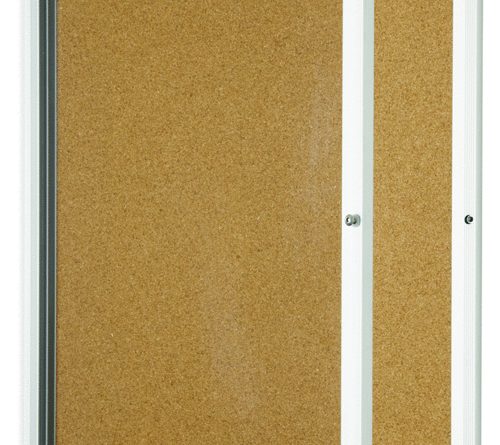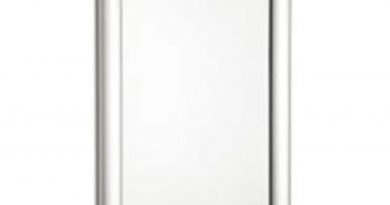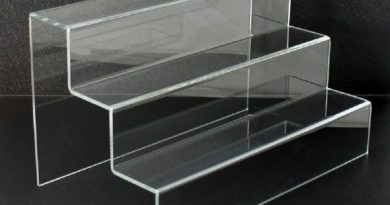Overview Of CNC Machining And Vacuum Formation
So why even decide to produce plastic materials? To begin with, plastic fabrication commonly has the advantage of having comparatively fast completion times, and in contrast to most materials there is also the option of colouring plastic prior to manufacturing, as opposed to after. It’s significant malleability means that it possesses a relatively low melting temperature, and it is far more light and portable compared to a number of other materials – both of these aspects simplify the production process. Furthermore, plastics are fairly inert and therefore possess high chemical resistance. Regardless of these positives, plastic is nonetheless unsuitable for uses that necessitate a high physical integrity, and is extremely vulnerable to wear and tear in the long-term.
CNC Machining
CNC machining is a computer governed subtractive procedure, which removes material from plastic in an effort to produce the desirable form. The computer is high-tech, with the capability to change a design into numbers using a computer assisted design software program. The figures are competent to operate the machine to cut the desired shape. To operate, the pieces of equipment require an intermediate stage in the development and validation of tool paths. Once the machine obtains the tool paths, the subtractive process is initiated. Once the assemblage is complete, the component is cleansed, smoothed, and cut.
For lower quantity plastic component part applications that require tight tolerances and shapes which are tough to shape, machining is perfect. CNC machining has the benefit of low to moderate initial costs, and can create top of the line plastic components with limited completion times. Nonetheless, with an increase of product complexity, the price per component boosts. Furthermore, the procedure needs tool access allowances, and particular designs, for instance those with rounded internal channels, are near-impossible to produce with CNC manufacturing. {For those who are looking into more data involving acrylic fabrication services this particular online site www.displaydevelopments.co.uk contains numerous more articles and blog posts in respect to moulding acrylic sheet. For anybody who is interested in further information connected with perspex box manufacturers this specific web page perspex stand manufacturer has got quite a few more articles and reviews in respect to perspex development.|{For those who are looking into further details on the subject of thermoforming plastic sheet this web page clear plastic prototypes has got quite a few more articles and blog posts pertaining to bespoke plastic trays. This informative website prototyping with plastic has a lot more information on the topic of plastic product development. There are a number plastic fabrication company online resources in great Britain, if you’re looking for more information as well as costs this website is the best starting point for
Vacuum Formation
Vacuum formation is a procedure through which plastic is warmed and moulded, generally working with a mould. The size and sophistication of vacuum-forming machines vary from cheap desktop technology to innovative manufacturing machinery.
It is usually suitable for any project, ranging from made to order designs to large-scale fabrication, considering the large variety of machinery offered and that also automation is an option if required. Having said that, there’s minimal freedom in the different kinds of shape it can create, and is also unfortunately exclusively competent to build parts with basic geometries. In comparison with other techniques, tooling costs are low, since vacuum formation merely requires minimal forces and pressures. Normally, for smaller production sizes the moulds are constructed of Three-dimensional printed resin, or even plaster, and for greater development sizes more robust equipment made of metal is commonly used.
The manufacturing method starts off with a sheet of plastic material being clamped and heated up so that the plastic becomes mouldable. The plastic is then placed into the mould and cooled down, and frequently fans as well as other chilling techniques are integrated in order to accelerate the chilling process. The ultimate stage involves any surplus plastic being taken off.



